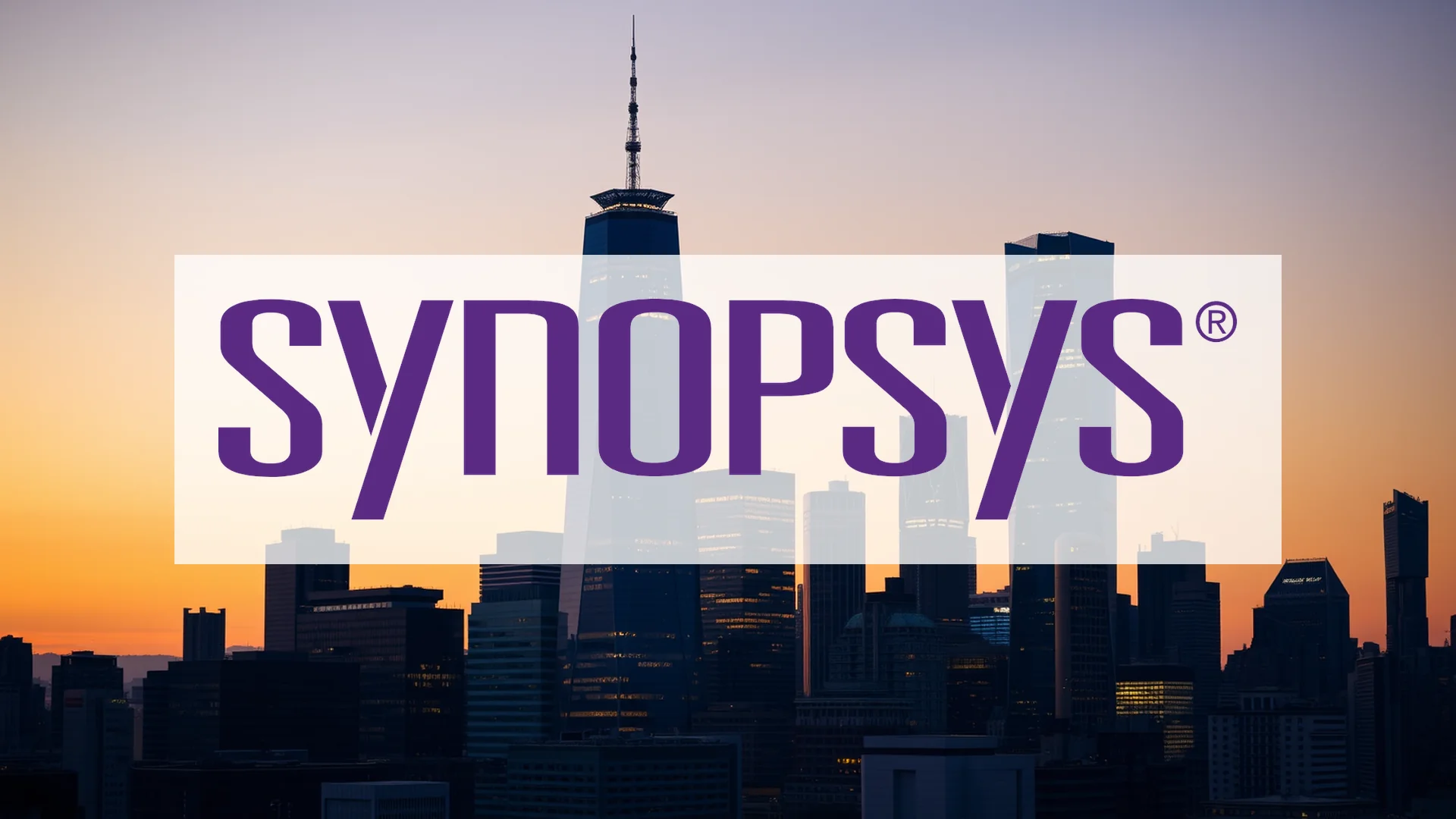Nvidia’s latest quarterly report, released on November 19, has effectively silenced near-term speculation about an AI bubble. The chipmaker’s performance electrified markets, with shares advancing more than 5% as the company shattered all projections. The figures reveal an organization operating at unprecedented scale, though questions remain about the sustainability of this explosive growth trajectory.
Unprecedented Data Center Demand Fuels Record Results
The third quarter of fiscal year 2026 established new benchmarks for Nvidia, with revenue reaching $57.0 billion—a 62% year-over-year increase. The standout performer was unquestionably the data center division, where sales climbed to $51.2 billion, representing 66% growth compared to the same period last year.
CEO Jensen Huang characterized the situation succinctly: “Blackwell sales are off the charts, and cloud GPUs are sold out.” Demand for the company’s latest AI chips substantially exceeds manufacturing capacity. Huang referenced what he termed the “AI vortex”—a self-reinforcing growth cycle where each new AI application generates additional requirements for computing power investments.
Financial Performance Exceeds Projections
Market researchers had anticipated revenue of $61.66 billion for the coming quarter, but Nvidia’s guidance of $65 billion surpassed these estimates by more than 5%. Earnings per share reached $1.30, exceeding the $1.26 consensus forecast.
Key financial highlights:
– Gross margin maintained record levels at 73.4%
– Net income reached $31.9 billion
– Data center revenue outperformed projections by nearly $2 billion
Should investors sell immediately? Or is it worth buying Nvidia?
The positive results lifted the broader technology sector, with AMD gaining almost 4% and Micron advancing over 3%. Major cloud providers including Amazon, Google, Meta, and Microsoft continue to benefit from the ongoing AI expansion.
Concentration Risk Emerges Amid Success
A potential concern emerges from the company’s customer concentration. Four primary clients now account for 61% of total revenue, up from 56% in the previous quarter. This increasing dependence makes Nvidia more vulnerable to demand fluctuations from individual large customers.
Complicating matters further is the growing interconnectedness of Nvidia’s business relationships. The company is investing billions in AI firms such as OpenAI, which simultaneously rank among its most significant customers. This circularity raises important questions about growth sustainability when a supplier financially supports its own client base.
Despite these considerations, the market’s response demonstrates that the AI revolution has transitioned from speculative concept to concrete reality. Infrastructure investments continue accelerating, and Nvidia is cementing its dominant position—for now, nothing appears to stand in the way of its remarkable ascent.
Ad
Nvidia Stock: Buy or Sell?! New Nvidia Analysis from November 20 delivers the answer:
The latest Nvidia figures speak for themselves: Urgent action needed for Nvidia investors. Is it worth buying or should you sell? Find out what to do now in the current free analysis from November 20.
Nvidia: Buy or sell? Read more here...













